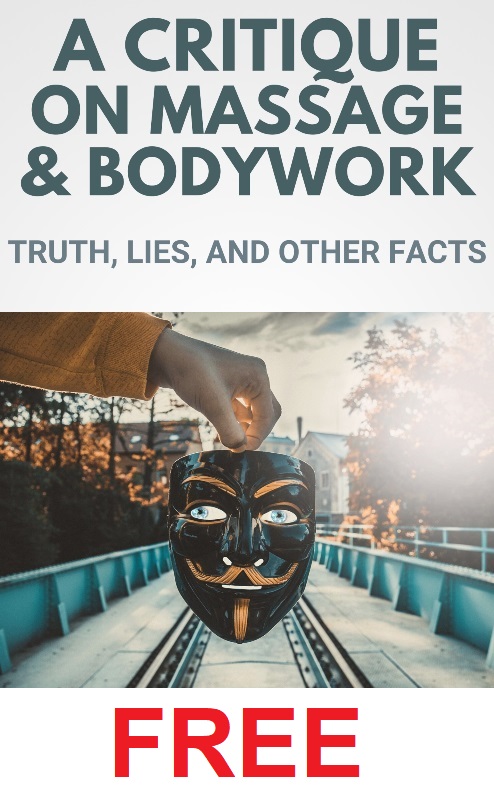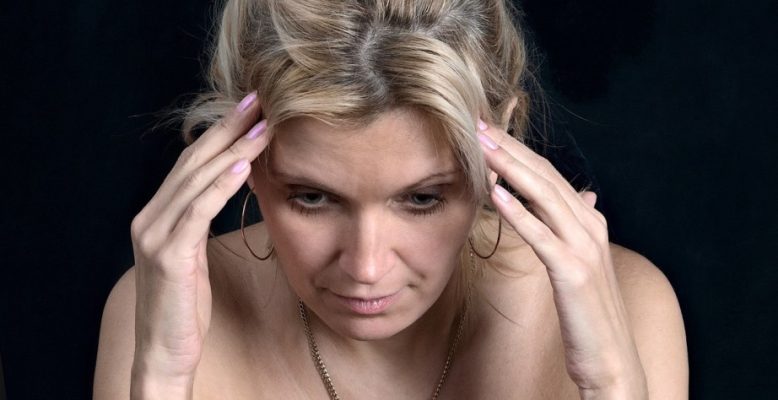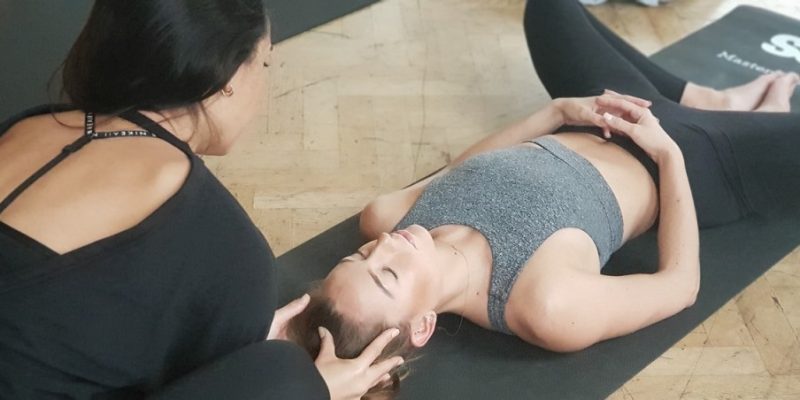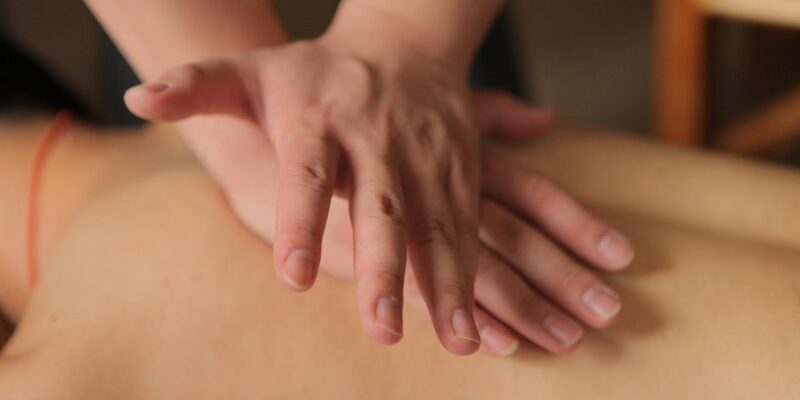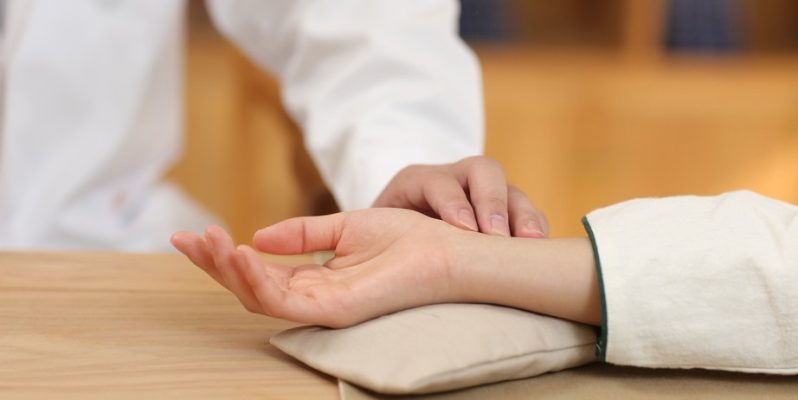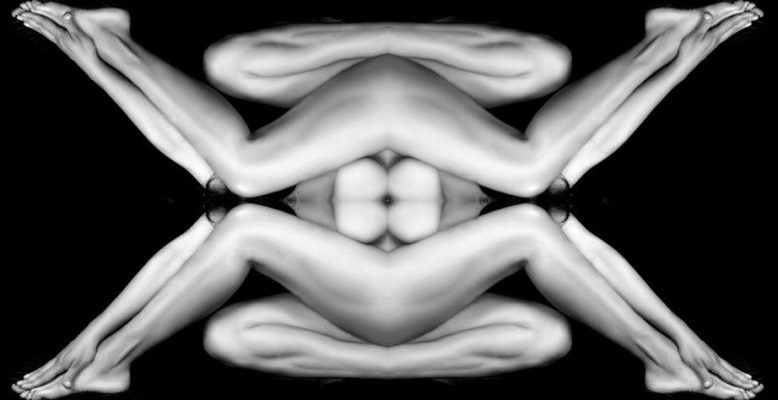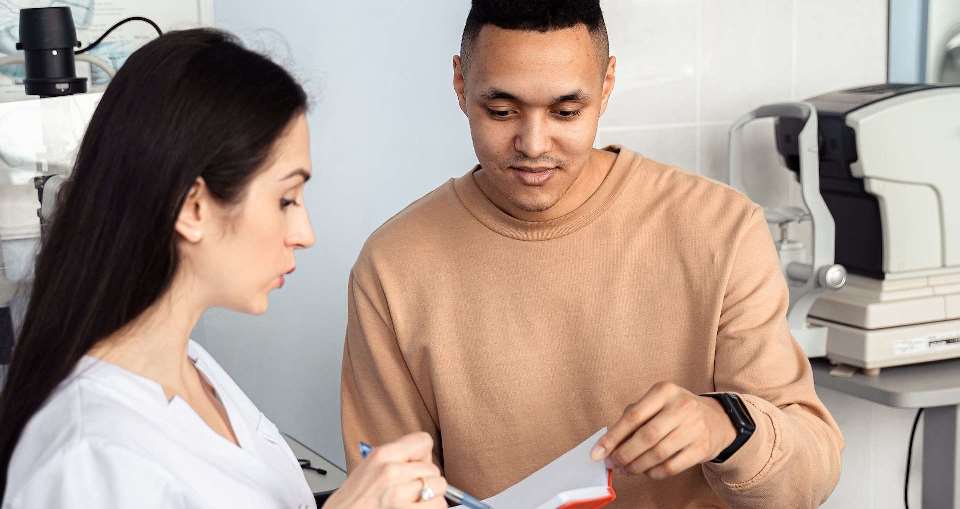
Cultural Assessment in massage therapy or bodywork sounds perhaps farfetched, but it can be of more importance than a therapist may initially think.
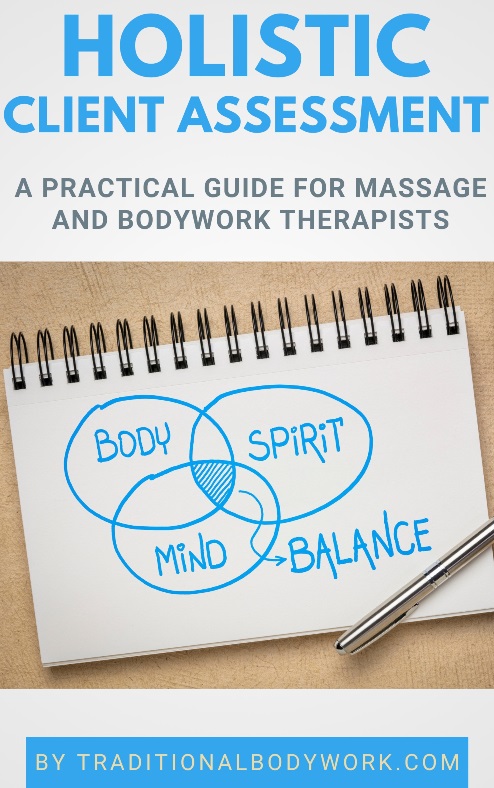
In fact, cultural competency in healthcare practices is about effectively operating in different cultural contexts in order to reach different cultural groups and subsequently come to improved health outcomes.
It’s basically about avoiding racial, ethnic or cultural stereotyping, gaining the client’s trust, and relating and acting properly to clients from cultures and traditions different than one’s own.
As it is, cultural proficiency has become an augmented need for the therapist’s profession because many societies have become increasingly culturally diverse and therefore also the chances of having culturally different clients.
For instance, it may involve the way we welcome a client and ask questions, if it’s proper or allowed to touch or manipulate certain body parts, if family members or friends need to be present during a treatment, if the client can or cannot be (partly) unclothed, the manner in which client emotions are conveyed, understanding different types of cultural non-verbal communication, their spiritual traditions, and views on illness, and so on.
Apart from the above, cultural differences may also impede clients to do certain prescribed actions or exercises. For example, it may be that a woman doesn’t go with her exposed arms outdoors (short sleeved), which could inhibit enough natural light and sun exposure of the skin and thus diminish Vitamin D production in the body.
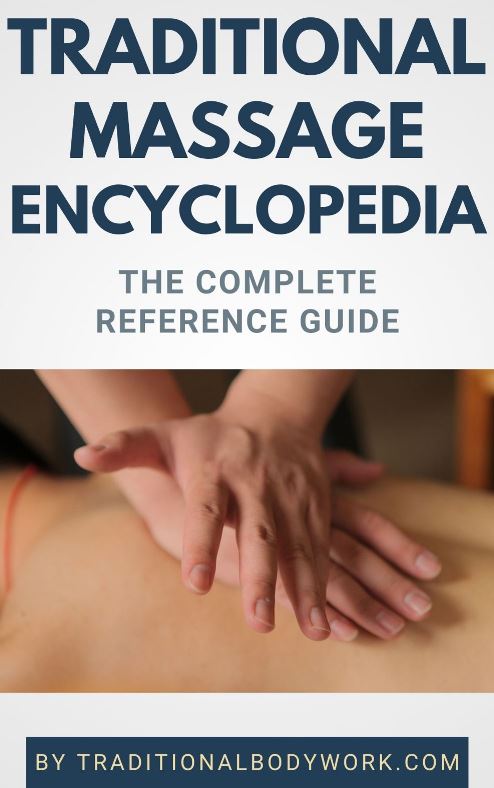
Hence, the therapist’s advice to spend more time outdoors to catch more sun would not be followed up, and it could be very well possible the woman in question would not (dare to) say that she only wears long sleeves. It means that a therapist who knows this would prescribe extra Vitamin D supplements, instead of giving an going-outdoors advice.
Of course, it’s very difficult for a therapist to become competent in understanding many different cultures, so it’s naturally a long journey of learning. Nevertheless, being aware of cultural differences in view of health and treatment practices is a necessary first step. It could already be of great help to relay one’s awareness about this aspect clearly to the client so that the client or a family member/friend can guide you in this process.
In addition, it may not only involve different cultural aspects, but also the fact that a client may not speak your own language fluently, which may require the additional support of a translator. In any case, Cultural Assessment — if applicable — typically will take place in the intake and inquiry phase.

